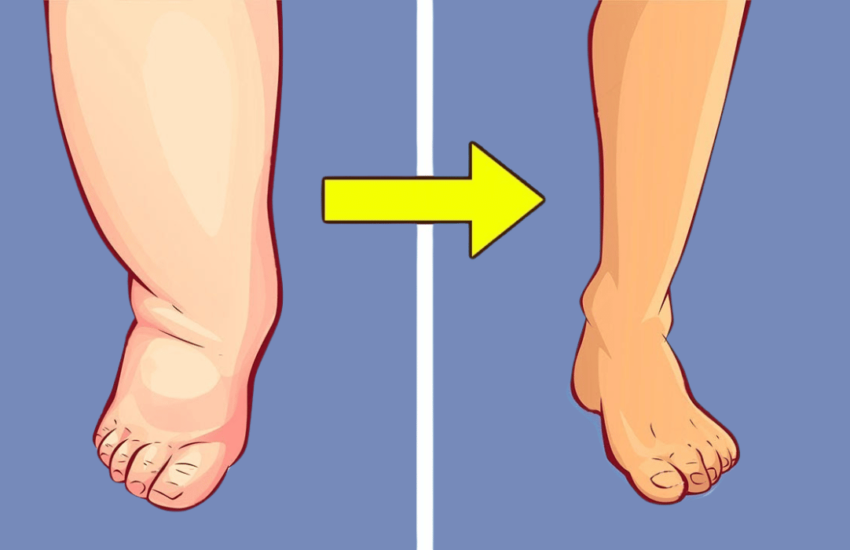9 Warning Signs You Are Vitamin D Deficient And How To Fix Ita
Vitamin D holds significant importance in supporting various bodily systems, functioning more akin to a hormone than a traditional vitamin, with receptors for it present in every cell.
Synthesized from cholesterol through sunlight exposure on the skin, vitamin D deficiency risk factors include having darker skin, advancing age, higher body weight, limited intake of fish or dairy, residing far from the equator with minimal year-round sunlight, consistent sunscreen use, and indoor lifestyles. Conversely, individuals living nearer the equator with ample sunlight exposure are less prone to deficiency.
Symptoms of deficiency can be subtle, making them challenging to recognize despite their potential impact on well-being. Signs include:
- Frequent Illness: Vitamin D supports immune function, influencing the body’s ability to combat infections, including respiratory ailments like colds, bronchitis, and pneumonia.
- Fatigue: Low vitamin D levels can contribute to fatigue, though this cause is often overlooked.
- Bone and Back Pain: Inadequate vitamin D may lead to bone health issues, manifesting as bone and lower back pain.
- Depression: Research links vitamin D deficiency, especially in older adults, to depressive symptoms.
- Delayed Wound Healing: Insufficient vitamin D levels may impede wound healing, as evidenced by slower recovery rates observed in certain studies.
- Bone Density Loss: Vitamin D deficiency can hinder calcium absorption and bone metabolism, increasing the risk of bone mineral density loss and fractures, particularly in older adults, with supplementation showing mixed results in improving bone health.
Recognizing these signs and ensuring adequate vitamin D intake, either through sunlight exposure, dietary sources, or supplements, is crucial for maintaining overall health and well-being.


